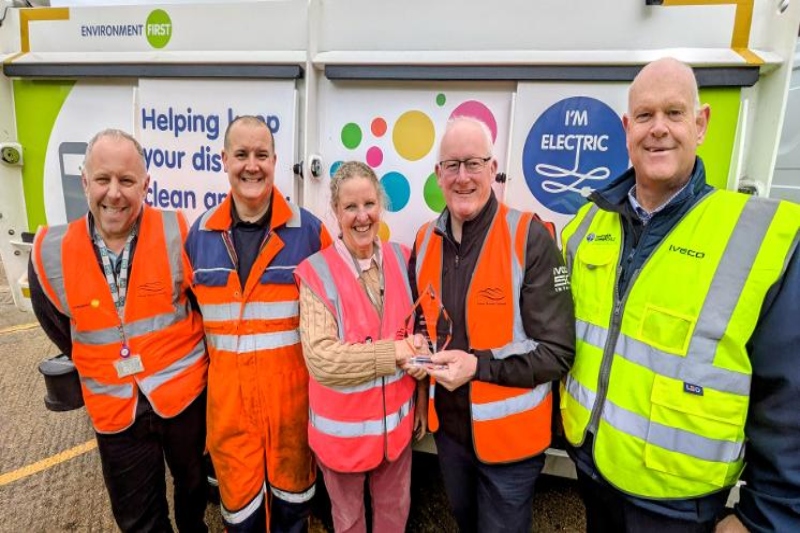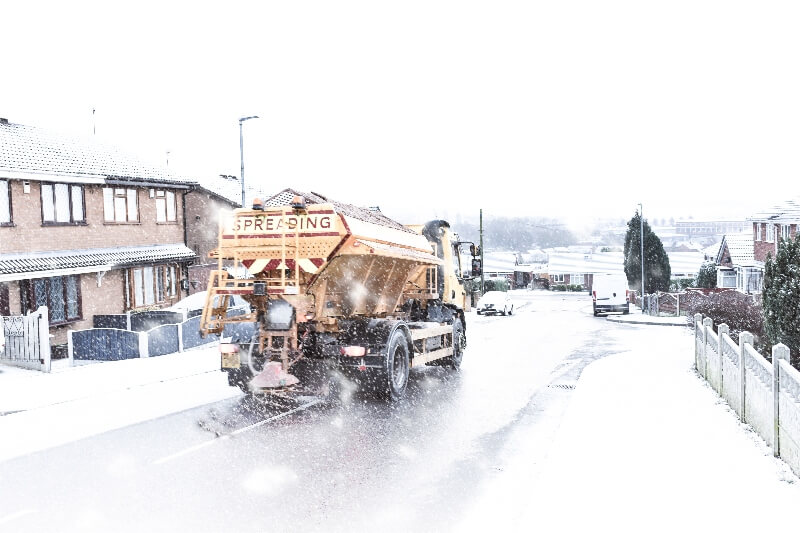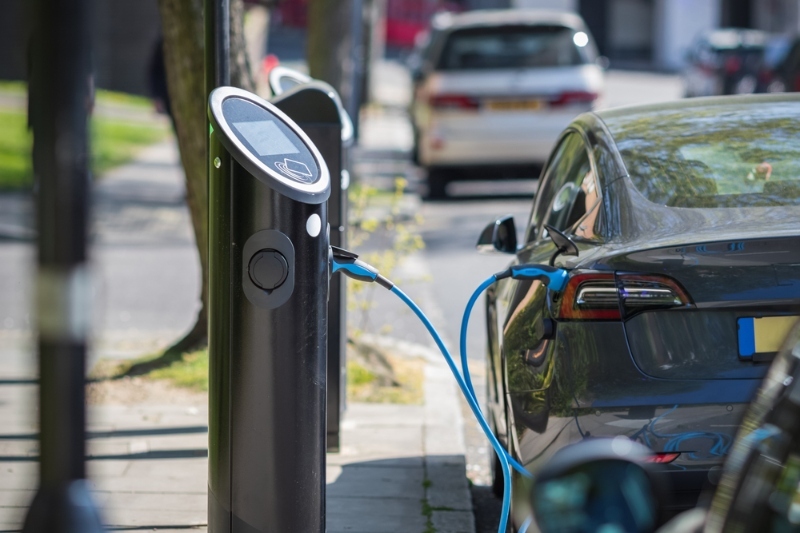Northern Powergrid have called on local authorities to provide feedback on their annual outline of ‘potential future energy pathways’.

The potential future uptake of low carbon technologies like electric vehicles, heat pumps, rooftop solar PV generation and energy storage have been mapped and made publicly available by Northern Powergrid as part of its 2019 Distribution Future Energy Scenarios (DFES) project.
The distribution network operator for Yorkshire, the North East and northern Lincolnshire is now calling for teams at all local authorities it serves to review the data behind DFES and share any initiatives or projects they are working on that will impact on the underlying planning assumptions.
This will help to ensure efficient network planning and effective collaboration across the region as all stakeholders in the region to collectively tackle the pressing challenge of decarbonisation.
DFES gives a multi-scenario view of the potential rates of decarbonisation of generation, heating, and transportation, as the region transitions towards a low carbon economy and is built around the four scenarios defined in the National Grid Future Energy Scenarios: consumer evolution, community renewables, steady progression and two degrees.
These scenarios outline the likelihood of meeting climate emergency-related targets using different approaches. The 'Community Renewables' scenario, for example, assumes that people will adopt electric transport early and that there is strong support for renewable energy generation.
Understanding any plans that local councils have that may influence the rate of decarbonisation in the region will support Northern Powergrid to more efficiently plan the development of the electricity network and help facilitate regional decarbonisation plans.
Mary Black, Specialist Electricity Distribution Engineer at Northern Powergrid commented: ‘We need all those who are involved in high level low carbon project planning in the region to review the data and share their views. They may have fact-based firm quantitative data of their own they want to share to help us update the figures we have, or a more conversational assessment of future low carbon technology uptake.’







